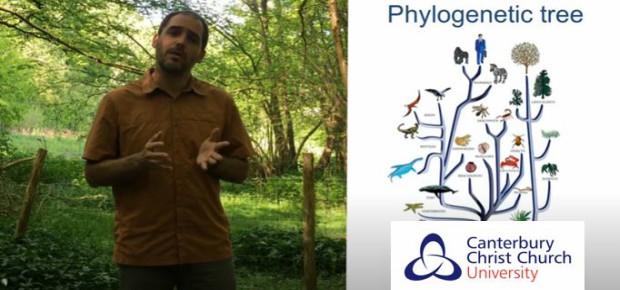Back Garden Phylogenetics
Secondary | Environment | Views: 1560
- A phylogenetic tree shows the ancestors and relationships between biological entities, such as species, animals, humans, trees. Follow Rodrigo’s video to learn how to create your own!
- People have built these trees based on morphology, but now we use genomes to make more complex trees.
- We will use observable characteristics, and you can do the same with organisms you find!
- Find your organisms and choose you criteria - what features do they have in common? What is different? For example: shell, legs, exoskeleton, pincers, wings. This will help you build your phylogenetic tree!
- Make a line, or branches of the tree, showing what all animals have in common. For example, can they make their own food?
- Then, create your smaller groups based on what the living things have in common.
- Can you name any of your groups? For example molluscs or annelids.
Show us the phylogenetic tree of your local environment! Send your work to askanambassador@canterbury.ac.uk or tag us on Twitter @STEMHUB_SE
« Back
 Go to Canterbury Christ CHurch University's website
Go to Canterbury Christ CHurch University's website
 Go to Canterbury Christ CHurch University's website
Go to Canterbury Christ CHurch University's website
